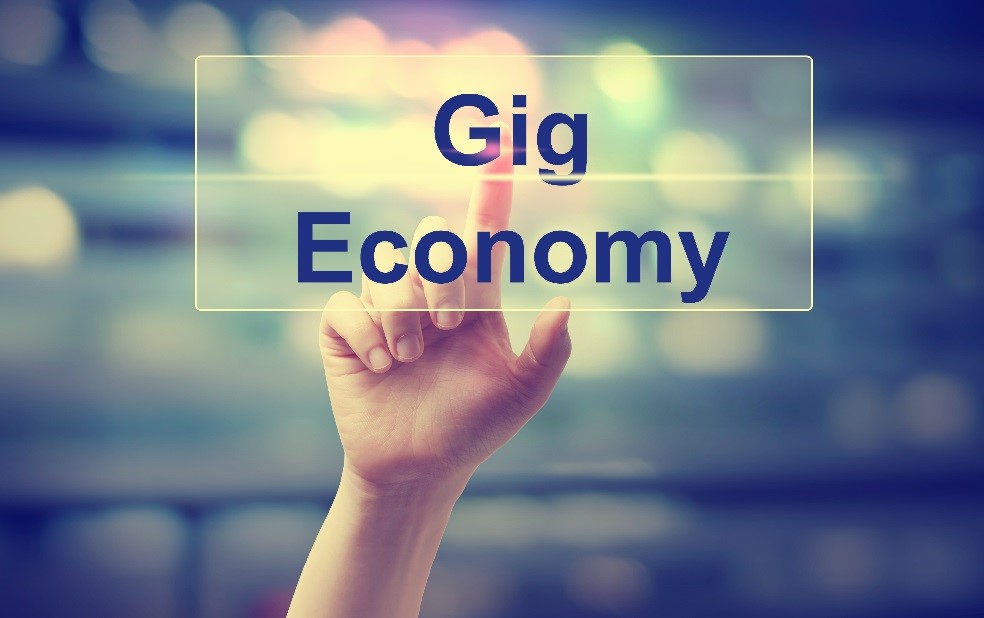Last month I shared an update on my upcoming book, The New Mobile Age, and am excited to share a bit more about this work. We continue to hit our editorial milestones for an end of October launch at the Connected Health Conference, and as I’m reading the manuscript for the final time before sending it to the printer, I’m re-learning some important lessons–and enjoying the content! I’ve been honored to gather input from a long list of esteemed colleagues and wanted to share a few ideas I believe are critical in our thinking about the healthspan. Below is a sneak peek at two fundamental concepts we discuss in-depth in the book.

First some context. We’ve added 25 years to our lifespan in the last century through various public health innovations, but we haven’t provided tools to help us use those additional years in the most productive, fulfilling way. Instead, we’ve put folks in that demographic (those in the latter 25 years of their life) into a category of ‘old.’ They retire, are perceived as no longer adding value or, even worse, become a burden to their ‘sandwich generation’ adult children. We must turn aging from being a dreaded inevitability into something to be celebrated. My friend Jody Holtzman, who is quoted in the book, coined the term “Longevity Economy,” and defines it as the 100-plus million people in the United States over age 50 who account for $7.1 trillion in annual economic activity. He quite accurately notes that only in the eyes of the U.S. government would this population be viewed as a burden. Rather, we need to refocus on this group of older adults as an opportunity!

Now that we’ve extended the lifespan, our first priority should be to enhance the healthspan, by giving people the tools needed to improve their health and inspire them to maintain healthy lifestyle choices. If we do this right, we will turn this growing cohort of older adults from being seen as a burden to one that is remaining vital, connected and adding value. And of course, connected health is a big part of the solution. There are multiple dimensions at play, and I can’t cover it all here, but I want to touch on two areas that became clear to me while researching the book.
The first group of insights comes from another respected friend and colleague who is helping society rethink aging, Charlotte Yeh. Charlotte has written the Foreword for this book and has taught me several things in the process. Once I learned of her perspective, I became tuned in to several reproducible findings in patients in my own clinical practice.
We’re used to thinking of predictors of longevity in a very scientific, dry way–measures such as exposure to tobacco, high blood pressure, blood cholesterol level and the like. Of course, these are valid and important, but Charlotte opened my eyes to a different set of important measures. One is a sense of purpose. There is a lot of research on this and we cover it in the book, but anecdotally, as I’ve spoken with my own patients, I’ve seen this come to life. People who have some purposeful activity they pursue in retirement are healthier. The second is social connections. Again, there is a remarkable body of evidence on this, and it turns out that isolation eats away at an individual and has the same effect on health as multiple packs of cigarettes a day! Finally, physical activity. This can range from taking the stairs or walking each day to going to the gym or even remaining a competitive athlete.

None of these measures are unique to aging, but to strip away the traditional, clinical science and break it down into these three simple predictors was liberating for me. Of course, the bonus is that connected health can play a role in all three, whether it is participating in the gig economy to drive purpose, being active on social media or FaceTime to keep up social connections, or tracking your steps on a Fitbit. All of these challenges are made easier by modern technology.

The second important insight driving new, increasing opportunities for personal health technologies has to do with managing chronic illness. As much as we’d all like to stay healthy all our lives and die peacefully at a ripe old age, the fact is we all suffer from system wear and tear and require more illness management as time goes on. We are at the breakpoint as a society, to provide the resources needed to do this. Very soon, we won’t have enough healthcare providers and caregivers to tend to the aging population if we only rely on one-to-one care delivery models. We spend a lot of time in The New Mobile Age talking about how to use technology to create one-to-many care delivery models. Particularly exciting is the work of some of the early stage companies, paving the way for these new models of care, including:
Care.coach, a platform that features an interactive avatar to engage people in their homes—or in the hospital—to promote medication adherence, detect cognitive changes early on and keep an eye on patients who are prone to falls.
Rendever, an MIT spin-off offering a virtual reality (VR) experience for nursing home patients, as way to connect to the outside world.

OhmniLabs, a startup with a telepresence robot for elder care that enables an older person to stay in touch with his or her family or healthcare provider in real time.
Sonde Health, another MIT spin-off that uses voice-based technology to analyze health and the user’s emotional state in real life, real time.
Hasbro’s Joy for All Companion Pet, a dog or cat interactive companion pet with built-in sensors and speakers. For ages five and up, it is used for Alzheimer’s patients and as a tool to relieve loneliness, a prime example of intergenerational thinking.

Catalia Health’s Mabu, a kitchen counter robot designed to improve medication adherence that makes eye contact and tracks the emotional state of the user.
Affectiva, a leader in “emotion AI,” the new science of training computers to read and understand human emotion.
Omada Health, which offers a digital curriculum based in part on the National Institutes of Health (NIH) groundbreaking National Diabetes Prevention Program (National DPP).
Iora Health, a “whole new operating system for healthcare” that is focusing on the needs of Medicare patients.
Each of these companies has an innovative approach to helping address the challenges of keeping older adults engaged, vital and independent, and opportunities to provide technology-enabled care for this rapidly growing population.
I’ve enjoyed putting this book together and look forward to sharing it with you, to continue the discussion, gain your feedback and, together, advance our learning and care delivery in this New Mobile Age.
Wanna share this post
- Click to share on Twitter (Opens in new window)
- Click to share on Facebook (Opens in new window)
- Click to share on LinkedIn (Opens in new window)
- Click to share on Tumblr (Opens in new window)
- Click to share on Pocket (Opens in new window)
- Click to share on Reddit (Opens in new window)
- Click to share on Pinterest (Opens in new window)
- Click to share on WhatsApp (Opens in new window)
- Click to share on Telegram (Opens in new window)
- Click to share on Skype (Opens in new window)
